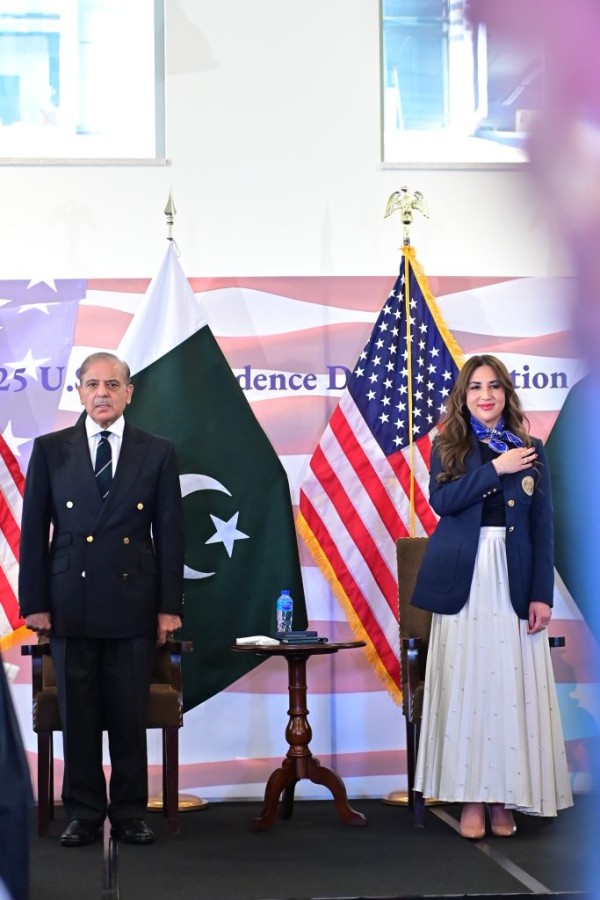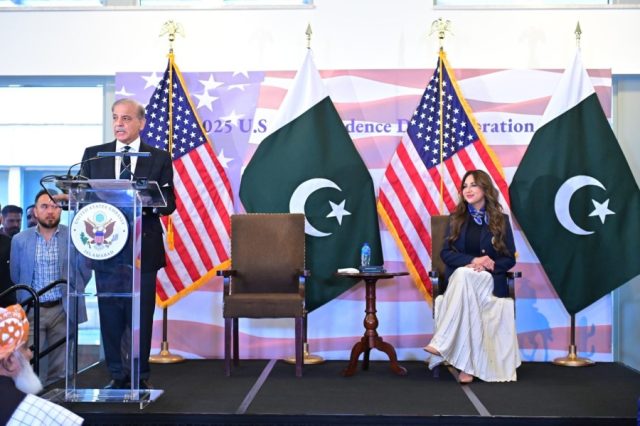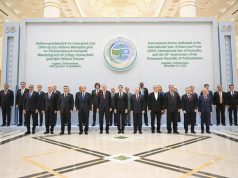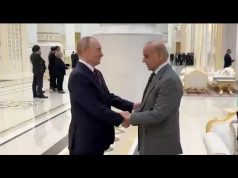ISLAMABAD, Wednesday, June 4 (WNP): Prime Minister Shehbaz Sharif on Wednesday declared the recent four-day armed conflict between Pakistan and India as proof that the so-called ‘Pahalgam incident’ was a false flag operation orchestrated by New Delhi.
Speaking at a ceremony held at the US Embassy in Islamabad to mark the 249th anniversary of American independence, the prime minister said India had failed to present any credible evidence to the international community to support its narrative.
“If the Pahalgam incident were genuine, India should have brought forth solid evidence to convince the world. Their inability to do so speaks volumes,” the prime minister said. The event was broadcast live on national television and attended by Deputy Prime Minister and Foreign Minister Ishaq Dar, federal ministers, lawmakers, and members of the diplomatic corps.

Recalling his speech at the Pakistan Military Academy Kakul, the premier said he had offered an impartial and internationally credible investigation into the Pahalgam incident. “Our sincere offer was met with aggression, but Pakistan displayed immense restraint and patience,” he said.
The prime minister disclosed that during the Indian aggression on May 6 and 7, 33 Pakistani citizens — including children and elderly — were martyred and dozens more injured. Exercising its right to self-defense, Pakistan downed six Indian fighter jets, he added.
“Our American friends were in contact with us at the time and conveyed that Pakistan had effectively responded. They urged a ceasefire and restoration of peace,” he said.
Reiterating Pakistan’s consistent stance for peace and regional stability, the prime minister said Islamabad had proposed de-escalation, but India responded with hostility.
Shehbaz Sharif lauded US President Donald Trump for playing a pivotal role in defusing tensions. “President Trump has shown that he is a leader who believes in peace, dialogue, and mutually beneficial cooperation. He stands against both cold and hot wars,” the prime minister said.
He added that President Trump had urged both Pakistan and India to prioritize trade and investment over conflict — a message Pakistan welcomed and reciprocated.
The prime minister also acknowledged the proactive diplomatic efforts of friendly Middle Eastern countries in supporting President Trump’s initiative, expressing hope that the current ceasefire would lead to long-term regional stability.
On behalf of the people and government of Pakistan, the prime minister extended warm felicitations to President Trump and the American people on the occasion of their Independence Day.
He described US-Pakistan relations as entering a new phase of renewed engagement and friendship, marked by increasing bilateral contact. “Tonight, the people of Pakistan join Americans in paying tribute to the founding fathers of the United States, whose vision for democracy, rule of law, and equality resonates with the ideals of our own founding father, Quaid-e-Azam Muhammad Ali Jinnah,” he remarked.
Highlighting the historical depth of Pak-US ties, Shehbaz Sharif said the United States had supported Pakistan in building dams and other infrastructure. He noted that following the 9/11 attacks, Pakistan paid a heavy price in the global fight against terrorism — losing over 90,000 lives and bearing economic losses exceeding $150 billion.
“This sacrifice is a testament to our firm resolve against terrorism in all its forms,” he said.
Shehbaz Sharif emphasized that Pakistan’s economic recovery was well underway and that the country consistently championed peace and development — both regionally and globally.
Looking ahead, the prime minister expressed optimism about expanding bilateral trade with the US in key sectors including IT, agriculture, education, and health, and said ongoing discussions on tariff adjustments could pave the way for stronger economic cooperation.
“I am truly inspired by President Trump’s vision for trade, investment, and shared growth,” he concluded.




